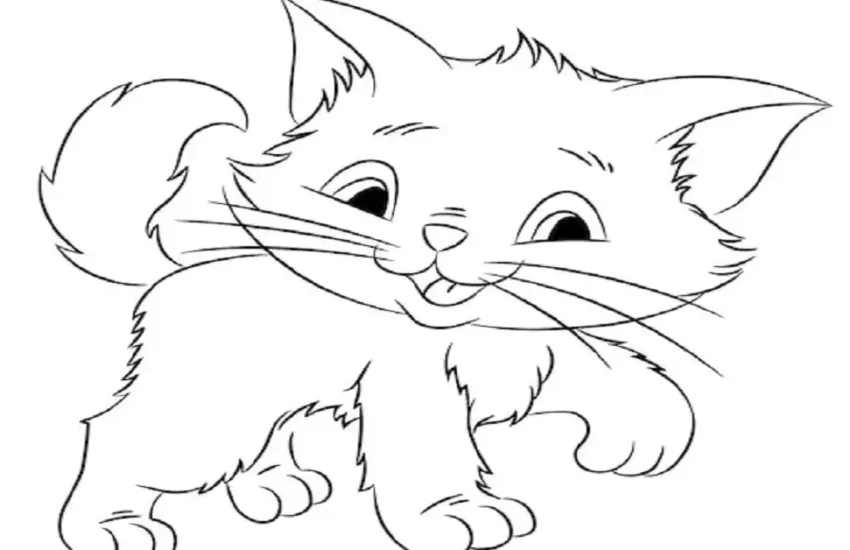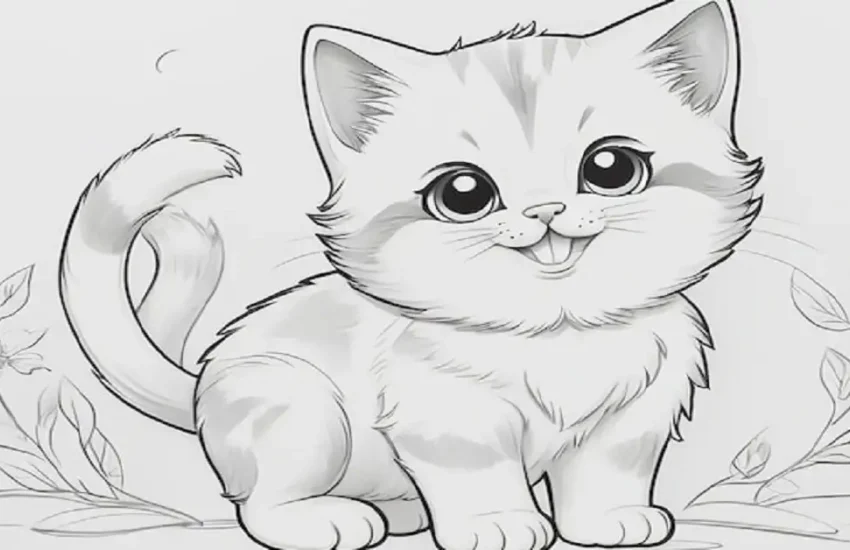Drawing: Understanding and Creating Dragons
Drawing dragons has fascinated artists and storytellers for centuries. These mythical creatures, often depicted with fierce expressions, scaly bodies, and powerful wings, embody a mix of beauty, danger, and mystery. This article will guide you through the history, types, and techniques of drawing dragons, culminating in a step-by-step process to create your own dragon artwork.
The History of Dragons in Art
Dragons have been a part of human mythology across cultures. From the Chinese Lung to the European wyvern, these creatures have symbolized various concepts, including power, wisdom, and chaos.
- Eastern Dragons: In Chinese culture, dragons are benevolent beings associated with water, rain, and agricultural fertility. They are often depicted as long, snake-like creatures with whiskers, horns, and a flowing mane.
- Western Dragons: European dragons are usually portrayed as malevolent beasts, hoarding treasure and breathing fire. They have a more dinosaur-like appearance, with large wings, sharp claws, and a menacing demeanor.
Types of Dragons
- Chinese Lung: Serpentine body, no wings, with a mane and whiskers. Symbolizes power and good fortune.
- Wyvern: A two-legged dragon with wings, commonly found in European heraldry. Represents chaos and destruction.
- Drake: A dragon with four legs and no wings, often depicted in medieval European folklore.
- Hydra: A multi-headed dragon from Greek mythology, symbolizing invincibility and regeneration.
Techniques for Drawing Dragons
- Research and Inspiration: Begin by studying various dragon depictions. Look at historical art, fantasy illustrations, and contemporary interpretations. Pay attention to different styles and anatomical details.
- Anatomy and Structure: Understanding the basic anatomy of a dragon is crucial. Even though dragons are mythical, they often borrow elements from real animals. Study reptiles, birds, and mammals to understand muscle structure, wing mechanics, and body posture.
- Sketching Basics: Start with simple shapes. Use circles and ovals to outline the head, body, and joints. Connect these shapes with lines to form the spine and limbs.
- Detailing: Add features such as scales, horns, claws, and teeth. Focus on making the dragon look both powerful and believable.
- Texture and Shading: Use shading to give depth to your dragon. Pay attention to light sources and how they affect the texture of the scales and skin. Experiment with different shading techniques to achieve the desired effect.
- Background and Environment: Place your dragon in an appropriate setting. Whether it’s perched on a mountain peak, soaring through the skies, or guarding a treasure hoard, the environment adds context and story to your drawing.
Step-by-Step Guide to Drawing a Dragon
- Outline the Basic Shapes:
- Draw a large oval for the body and a smaller circle for the head.
- Add two lines extending from the body for the tail and the neck.
- Sketch circles where the joints will be (shoulders, elbows, hips, and knees).
- Define the Pose:
- Connect the joints with lines to form the spine and limbs.
- Decide on the dragon’s posture. Is it flying, standing, or coiled?
- Add Details:
- Draw the head features: eyes, nostrils, and mouth.
- Outline the limbs, adding muscles and joints.
- Sketch the wings, considering how they attach to the body.
- Refine the Shapes:
- Smooth out the body outline, giving it a more defined shape.
- Add claws to the feet and hands.
- Refine the tail, adding spikes or fins if desired.
- Incorporate Texture:
- Draw scales using small, overlapping shapes.
- Add details to the wings, showing the bone structure and membrane.
- Sketch the dragon’s mane, horns, and any other unique features.
- Shade and Highlight:
- Determine your light source and begin shading accordingly.
- Use hatching, cross-hatching, or stippling to create texture and depth.
- Highlight areas where light naturally hits, such as the top of the head, wings, and body.
- Finalize the Drawing:
- Erase any unnecessary lines and refine the final details.
- Add background elements to complete the scene.
Conclusion
Drawing dragons is a rewarding artistic endeavor that combines creativity, imagination, and technical skill. By studying different types of dragons and practicing various drawing techniques, you can create stunning dragon illustrations that capture the essence of these mythical creatures. Whether you’re a beginner or an experienced artist, the journey of drawing dragons offers endless opportunities for exploration and expression. So grab your sketchpad and pencils, and let your imagination soar with the creation of your very own dragon masterpiece.


